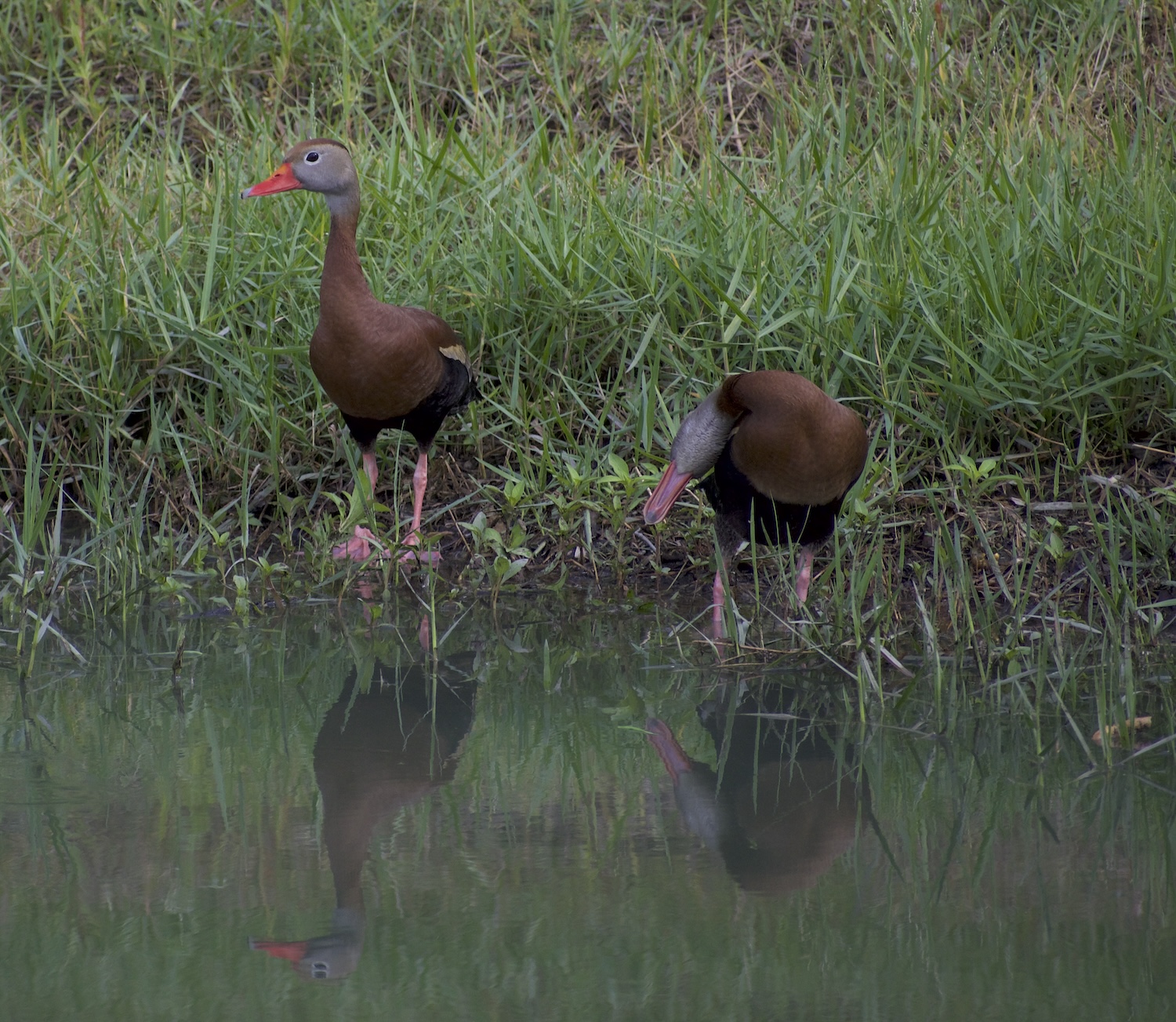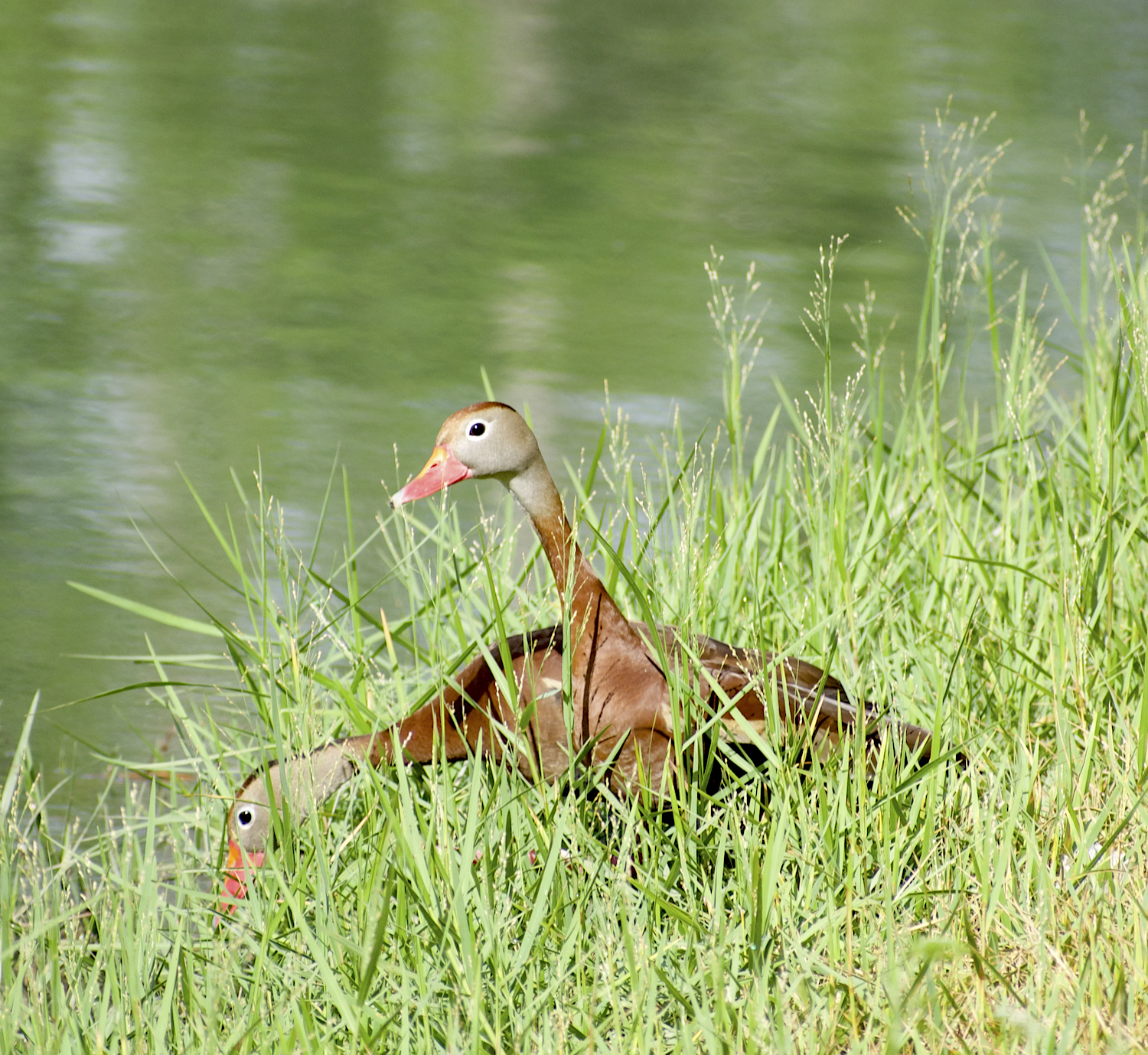
I’ve been dragging cameras through Florida swamps and California mountains for half a century now, and let me tell you something about getting older—your knees might creak like old floorboards, but that flutter in your chest when you spot something extraordinary? That never ages a day.
These days I stick closer to home here in Perry, with occasional pilgrimages to Steinhatchee and Keaton Beach. The light’s just as good, the birds just as wild, and my bed’s a whole lot closer when the day’s done shooting. When the folks at perryflorida.com asked if I’d contribute to their “Bird watching in Perry” section, I jumped at the chance. After five decades of chasing birds everywhere from the Everglades to the Sierra Nevada, I’m more convinced than ever that some of the best birding happens right in your own backyard—you just have to know where to look.
This morning I found myself at the edge of town, working a couple of ponds that have become regular stops on my dawn patrol. That’s when I saw them again—two Black-bellied Whistling Ducks, same as every morning for three weeks running. Like clockwork, they’d appear overhead heading south at sunrise, then reverse course come evening. Always just the two of them, which struck me as odd since these birds usually move in crowds.

Here’s the thing about Black-bellied Whistling Ducks that most folks don’t know—they’re night shift workers. While you’re settling in with your evening coffee, they’re just punching the time clock, heading out to dabble and dive in shallow water, picking through aquatic plants and small fish. They’ve got this distinctive call that sounds exactly like what you’d expect from something called a whistling duck, a clear, musical whistle that carries across the water in the dark.
These aren’t your typical mallards. They’re tall, elegant birds with long pink legs that look almost too delicate for wading, though they manage just fine. The adults sport that characteristic black belly stripe that gives them their name, contrasting with warm chestnut flanks and a gray-blue bill. In flight, their white wing patches flash like semaphore signals against the morning sky.
What’s particularly interesting about this pair is their loyalty to routine. Most whistling ducks are social creatures, gathering in flocks that can number in the hundreds during migration. But these two have established their own private commute, following the same flight path twice daily with the precision of a train schedule. Maybe they’re nesting nearby, or perhaps they’ve found a feeding ground that suits them perfectly. Either way, they’ve become part of my morning ritual, and I’ve become part of theirs.
The photographer in me appreciates their predictability—I know exactly where to position myself for the best light. But the naturalist in me is curious about their story. In fifty years of watching birds, I’ve learned that when animals break their typical patterns, there’s usually a good reason. These two have something figured out that the crowds haven’t, and that’s worth paying attention to.
All images remain under my copyright. If you’d like to use any for your project, reach out through the contact page and we’ll talk terms.



Leave a Reply